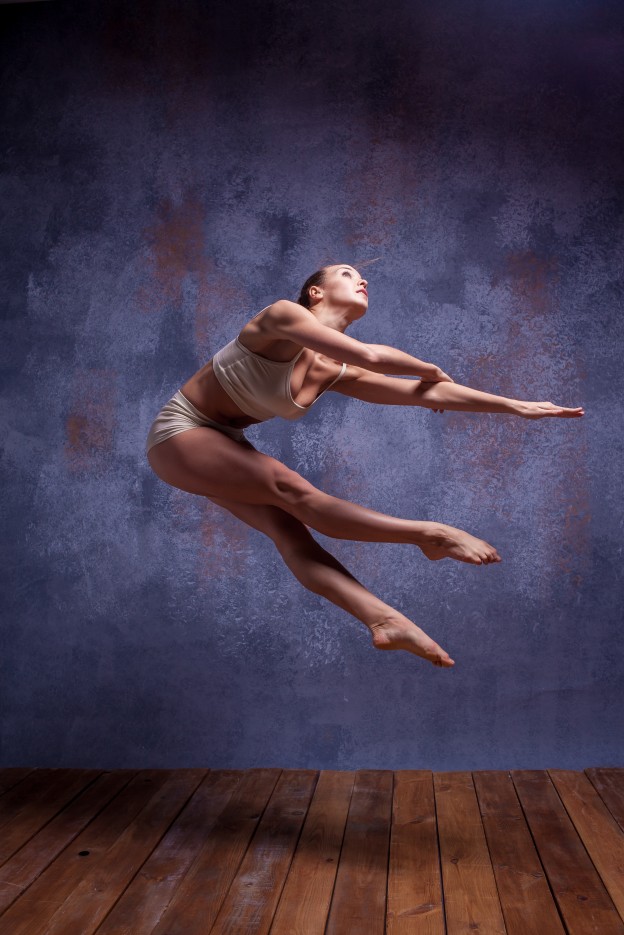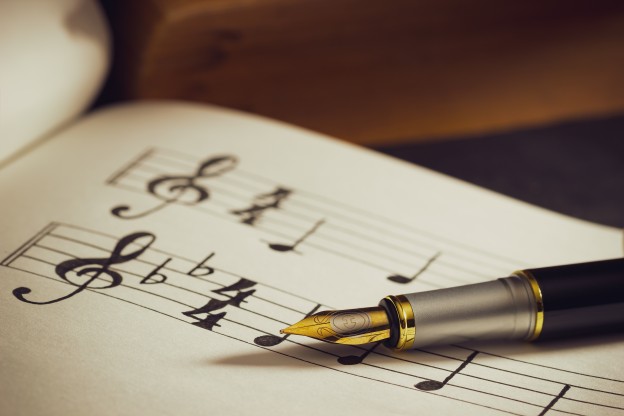Humor me on this: I have a mild obsession with rehearsal marks and I suspect it comes with being a closet control freak.
There is a rather strong inertia from the dance musician community when it comes to writing down rehearsal marks. This truly puzzles me because a few scribbles in the musical score could make the world of difference to a rehearsal. Since a lot of choreography is taught orally and by demonstration, there is rarely a written guide for musicians to follow.
I often hear dance musicians say ‘ I don’t know what to write down’ or ‘I can’t follow what happens and play at the same time’. Well….it IS possible if one takes advantage of opportunities to do so.
My journey towards using rehearsal marks began when I was a clueless student on the Pianist for Dance course. Watching company class was a truly baffling experience. Apart from the fact that I had no idea about ballet terminology, it really bugged me that I couldn’t understand how counts were used. To make matters worse, the ballet mistress marked steps quickly and in ‘short-hand’. Even when I could identify specific steps, I didn’t have the crucial ability to quickly memorise the overall structure of exercises.
In desperation, I resorted to writing out a grid of 8s…..many, many 8s… and using them to chart out when particular steps happened. It looked like this:
1 2 3 4 5 6 7 8
1 2 3 4 5 6 7 8
1 2 3 4 5 6 7 8
During class, while listening to more experienced pianists do their stuff I would then watch what happened in each phrase of 8 and quickly mark down steps.
In a tendu exercise (tendu on 1 and close on 2), this was usually something like this:
1 2 3 4 5 6 7 8
Faster tendus with a relevé at the end of the phrase would look like this:
tendu relevé
+1 +2 +3 +4 +5 +6 +7 8
Frappes combination with singles, doubles and petit battement:
+1 +2 +3 ++4 +5 +6 +7 ++8
++1 ++2 ++3 ++4 5 6 7 8 (p.batt)
Slowly, I learnt that there were typical structures to each exercise. Using my 8s I could go home and practice improvising suitable music. Some musicians take videos or sound recordings of class which gave them material to study. Everything which helps clarify the confusion should be considered.
So began my habit of writing down steps.
Knowing where dancers are in the choreography saves time during rehearsals. You could begin from the sissone section, for instance, instead of having to go all the way back to the beginning. Gradually you will develop a really useful dance vocabulary (including such technical terms as ‘twizzles’, ‘limps’ and ‘the bit which looks like a dog having a wee’). The really big payoff in musician/dancer relationships then comes when dancers/teachers begin to have much greater confidence in working with musicians who can navigate through choreography.
There is so much to be gained in asking questions like ‘ Can you tell me what count the pressage happens on?’ It serves as a reminder to the dancers of the need to be more musical and in turn, they are reassured that the musician is aware of potential timing issues at the crucial moment.
Here are some ideal place to start :
Syllabus classes
The same short exercises repeated for months on end provide the golden opportunity for the bored pianist to map out steps in the score. It could be the number of counts used to complete a developpé or marking out when glissades occur in an allegro exercise. For the completely inexperienced pianist, syllabus classes are probably the first time they hear dance-speak . There is no excuse to switch off from listening to the terminology used and then claim further on down the line ‘I don’t know what to write down’. Most dance pianists start out by playing for these types of classes anyway, so why not begin as you mean to carry on?
Repertoire rehearsals
Here, teachers usually go slowly naming steps and counts. The first thing that should be marked is how the solo starts. Does the music begin first or is there a preliminary step/port de bras? Even the bare bones of stage directions could be a useful ie. dancer comes onstage DSL (downstage left ) and music begins when they get to USR (upstage right), jumps across the stage happen when the dancers are in a diagonal line, etc.
Does this kind of thing this truly matter to musicians? Surely it’s hard enough having to play piano transcriptions. Yes, it does matter. Remember, being a dance musician means being a collaborative artist working in a team so these marks may need to be passed on to the stage crew, for example.
There are often long period in rehearsals when the musician is not playing. When new choreography is being set, the teacher would often talk through the first set of steps using counts without music. I like to use this time to mark in steps. Every time the dancers stop to clarify steps/ timing/technique would then be the chance for me to refine my doodles until eventually I have a pretty accurate set of rehearsal marks. The most important to thing to do is to keep one’s eyes and ears peeled.
Through experience, I’ve learned not to switch off during these lulls in rehearsals. There is much laid-back talk of how it is acceptable for musicians to use this time to check emails and texts, read books or newspapers, eat a hurried sandwich etc. By all means, sit back and have a cup of tea if you must as long as you can still keep track of the proceedings and haven’t missed the setting of steps.



